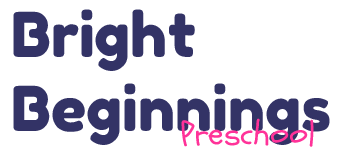Nursery Rhymes
Nursery Rhymes
There’s tons of research tgar back up the phonemic awareness activities that we do. Nursery rhymes are included in this work.
“The two best predictors of early reading success are alphabet recognition and phonemic awareness .” ( Adams 1990)
“The lack of phonemic awareness is the most powerful determinant of a likelihood of failure to read.” ( adams 1990)
“Research suggests that learning, hearing, and reciting Mother Goose nursery rhymes help young children take the first steps to becoming proficient readers.” ( Sadlier-Oxford 2000)
“Phonemic awareness refers to the ability to focus on and manipulate phonemes in spoken words… “ This is very different from learning the alphabet and the sound of each individual letter.
“Language play is very developmentally appropriate for primary age children, including pre-kindergarten students. The continuum of language or linguistic development is:
A child is born.
A child hears the language.
The child speaks the language.
A child learns to hear and play with the elements of that language, through songs, nursery rhymes , poems, or games, tongue twisters etc.
A child learns to read, and an In English, this is where they encounter the alphabetic principle.”
While using the Heggerty system we learn one new nursery rhyme each week for four weeks and our fifth week is spent reviewing.
So far this year we have learned:
The itsy-bitsy spider
Little Miss Muffet
One two buckle my shoe
Old mother Hubbard
Three little kittens
Humpty Dumpty
Mary Mary quite contrary
Little Bo peep
12345
Little boy blue
Hey diddle diddle
Twinkle twinkle little star
BAA BAA Black sheep
( Please forgive my capitalization errors. I do realize that nursery rhymes should have each word capitalized but on my phone that got quite tedious and it’s been a tough day 🤪)
Ask your child to recite some nursery rhymes for you.
